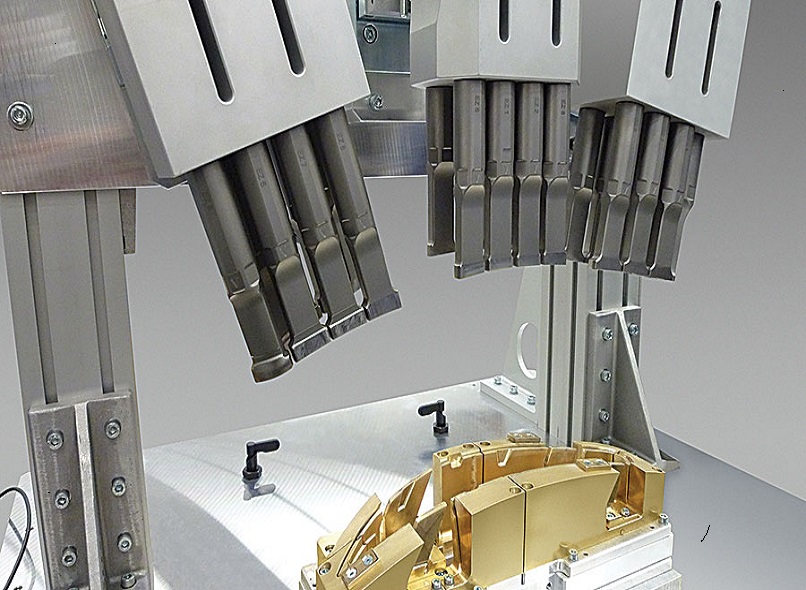What is the main problem in ultrasonic welding?

The main problem in ultrasonic welding is the potential for inadequate bonding or weak welds. This can occur due to various factors such as improper alignment of the materials, insufficient pressure applied during welding, inadequate control of the welding parameters, variations in material properties, and environmental factors.
Improper alignment of the materials is a common issue in ultrasonic welding. If the materials are not aligned correctly, the vibrations may not be evenly distributed, resulting in an uneven weld. This can lead to weak points in the joint and reduce the overall strength of the weld. Achieving precise alignment of the materials is crucial to achieving a strong and reliable bond.
Insufficient pressure applied during welding can also lead to weak welds. Adequate pressure is necessary to create intimate contact between the materials and promote molecular interdiffusion. Insufficient pressure can result in gaps or voids between the materials, compromising the strength of the weld. It is important to carefully calibrate and control the pressure applied during ultrasonic welding to ensure proper material contact and bonding.
Inadequate control of the ultrasonic welding parameters is another factor that can contribute to weak welds. Parameters such as frequency, amplitude, and duration of the vibrations need to be carefully optimized for each specific application. If these parameters are not set correctly, it can result in inadequate energy transfer and insufficient heat generation. This can lead to incomplete melting or bonding of the materials, resulting in weak welds.
Variations in material properties can also pose challenges in achieving a strong and reliable bond. Different thermoplastic materials may have different melting points, viscosities, or thermal conductivities. These variations can affect the energy absorption and heat generation during ultrasonic welding, leading to inconsistent weld quality. It is important to select materials that are compatible and have similar properties to ensure a successful ultrasonic welding process.
Environmental factors such as temperature and humidity can also impact the performance of ultrasonic welding. Changes in temperature can affect the material properties and the efficiency of energy transfer during welding. High humidity levels can introduce moisture into the joint area, compromising the bond strength. It is important to consider and control these environmental factors to ensure consistent and reliable welds.
To address these problems, it is important to carefully optimize and control the ultrasonic welding parameters. This includes adjusting the frequency, amplitude, and duration of the vibrations to match the specific materials being welded. Proper material preparation, including cleaning and surface treatment, can also improve the bond strength. Additionally, ensuring proper alignment of the materials and applying sufficient pressure during welding are crucial for achieving a strong and reliable bond.
Regular monitoring and quality control measures should be implemented to detect and rectify any issues that may arise during the ultrasonic welding process. This can include visual inspection, non-destructive testing, or mechanical testing of the welds. By identifying and addressing potential problems early on, it is possible to improve the overall weld quality and reliability in ultrasonic welding.
In summary, the main problem in ultrasonic welding is the potential for inadequate bonding or weak welds. This can be caused by improper alignment of the materials, insufficient pressure applied during welding, inadequate control of the welding parameters, variations in material properties, and environmental factors. By carefully optimizing and controlling the ultrasonic welding parameters, ensuring proper material preparation and alignment, and implementing regular monitoring and quality control measures, it is possible to overcome these challenges and achieve strong and reliable welds in ultrasonic welding.
If you have any further questions or need additional assistance, please feel free to ask!





